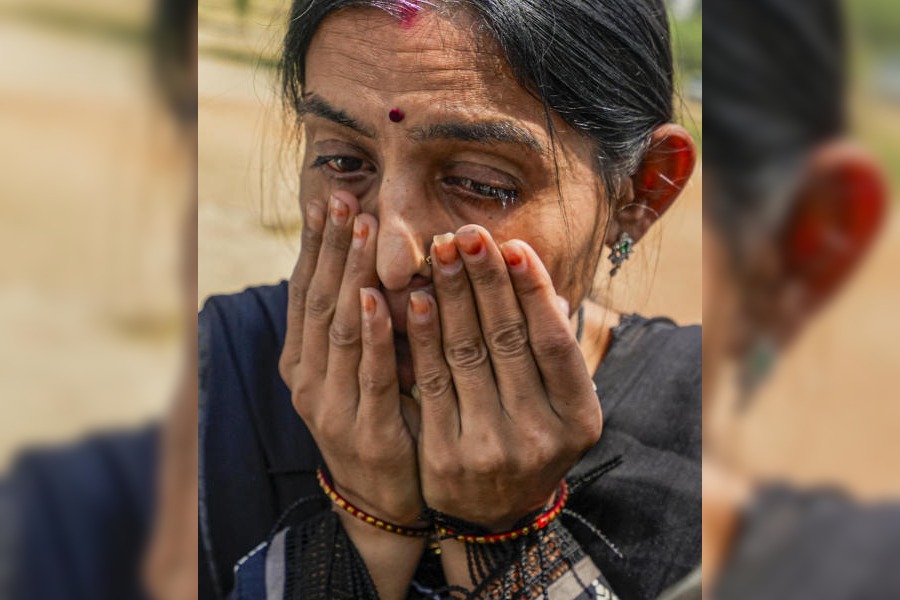Calcutta, March 11 :
Calcutta, March 11:
A new rapid diagnostic test for malaria, conducted at the bedside of the patient, will soon be available in Calcutta. This test is not only accurate but can tell whether a person has been infected with plasmodium falciparum or any other malarial parasite, the most common being plasmodium vivax.
The test is an improvement over earlier rapid tests currently being used by diagnostic laboratories in the city. Developed by Dr Anthony Moody of the London School of Tropical Medicine, the new dipstick test uses the monoclonal antibodies the blood cells produce as a result of the presence of the pLDH (plasmodium lactate dehydrogenase) enzyme. This enzyme is produced only by live parasites in the body through mosquito bites.
The existing rapid tests are based on HRP-2 (histidine rich protein-2), and use the antigen produced by the parasite. 'But the test can detect only p. falciparum infections (which lead to malignant malaria) and, in case a person is infected with p. vivax (benign malaria), the person or the doctor will not get to know,' said a representative of the company marketing Optimal, the new rapid malaria detection test. It will be available against doctor's advice in single test strips, as well as 48-piece kits.
The new method can also tell whether medication given to counter a malaria attack has worked or not, as a second test conducted four to five days later (the time usually taken to clear the blood of live parasites) will show negative. But an HRP-2 test can remain positive for 28 days because of residue antigen in the blood. 'False positive results may lead the doctor to go in for second line drugs. Also, if a second test is positive in the new method, then the doctor can be sure that the patient has drug resistant malaria.'
But Prof Amitava Nandy of the Calcutta School of Tropical Medicine differs on this count. 'Drug resistance tests can only be conducted through in-vitro sensitivity. To understand parasite dynamics, one would have to wait 28 days from the first dose of medication.'
He said the test had its advantages. 'In a situation where infrastructure is not available, or when the clinical state of the patient requires immediate intervention, this new test is useful. Another important aspect of this test over the conventional slide test done under the microscope is that the findings depend on chemical reaction, and not the expertise, or lack of it, of the human eye.' A lab technician might miss seeing the parasite in a sample where the load is less.
In fact, diagnostic labs such as Roy and Tribedi have detected several cases where the parasite has not been spotted under the microscope but have turned out positive in the rapid test in samples from the same patient. 'We have been evaluating this kit for the past one month and the results are satisfactory,' says Dr Subhendu Roy. 'If the test does not show positive, one can be 99.9 per cent sure that the patient does not have malaria.'
The test is simple. A needle prick, the collection of a drop of blood in small plastic cup or buffer coated with LDH, and this leads to a capillary reaction on the strip. If the patient is positive, two of the three bands change colour. If it is not, only the control band does so. In case it is a non-falciparum infection, the third band will also change colour. A single strip test costs about Rs 200. 'It could prove useful, especially if the cost was less,' doctors added.
 Wednesday, 30 April 2025
Wednesday, 30 April 2025










